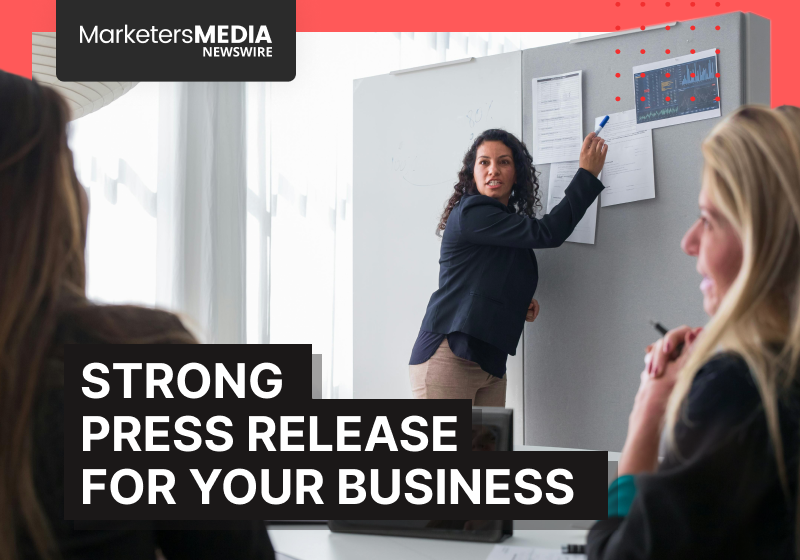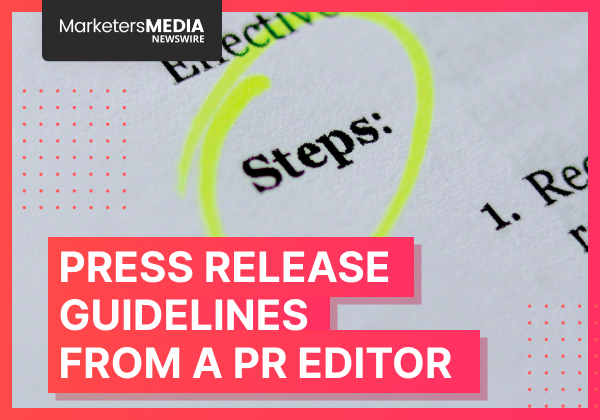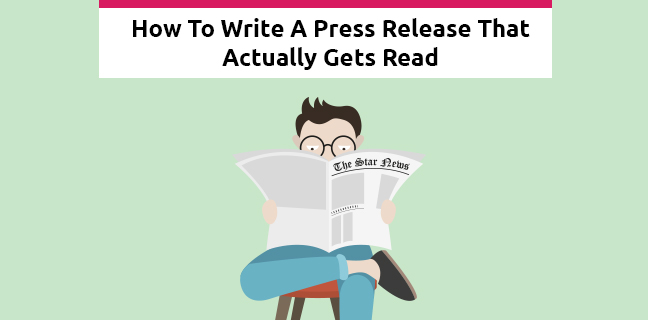Table of Content
No headings found.
A powerful press release can tell a story, report news, and help a cause. Smart writers know that a great press release can take their message to news channels and reach millions of readers (depending on the distribution channel). A terrific press release? Has SEO benefits.
Coming up with a press release is not an easy task. It takes time, research, and some skills. Writing a killer press release that drives results requires much more than that.
What is a Press Release?
A press release is a formal announcement (written or recorded) regarding something significant an organization wishes to address and send to the public.
When used properly, it can be one of the most valuable communication tool to get a story across. An effective press release creates a sense of urgency for the public and journalist to pay attention on the story. The main purpose of all press releases is to promote something specific and significant. A press release serves three marketing and promotional purposes:
- To let the public and journalist know about an event in hopes that the information will pass along.
- To let the public and journalist know about your business in hopes that a journalist will see your press release and write an actual news article about it.
- To help promote your brand on prominent news sites
Do Press Releases Still Matter in 2017?
It’s quite normal to be asking this question seeing that we are all succumbed to the digital world. Many people easily assume that press release is undeniably dead with social media giving them the ability to rapidly circulate information to every corner of the globe. After all, all you need is 140 characters to input a 24-hour PR machine named Twitter, tag a journalist and the next minute, you become the talk of the industry right?
No.
Press releases are still relevant. They provide much more information than a tweet with more convenience than a phone call, but only when used correctly. The last thing any reporter wants is a sloppy press release. The five reasons below will show you why press releases still matter to us today.
#1. Reach Thousands - Press releases are sent out using professional release websites that can reach many more news outlets and journalists today than ever before.
#2. Credibility - A sense of trustworthiness. Perhaps it’s because press releases are often used to make formal announcements, that leads readers to feel less like they are being ‘sold to’. Publishing on reputable sites like ABC News, Yahoo News or Reuters creates a sense of credibility.
#3. Communicate Your Perspective - It is invaluable for communicating your firm’s view on the subject of the release and help direct the conversation that takes places around it.
#4. SEO Opportunities - No online press release can be entirely separated from SEO; they present a major opportunity to link important keywords to relevant parts of your company.
#5. Still Expected by News Sites - It is helpful to media sources that you wish to target, as journalists appreciates a press release that sets out the key details of your story than forcing them to do extra research
Rules For A Killer Press Release
Under the old rules, the only way to get “published” was to have your press release “picked up” by the media. Traditional press release can still be really valuable when executed well, so instead of ditching releases as a tactic, give them a modern makeover to make them more useful for your marketing.
#1. Killer Headlines
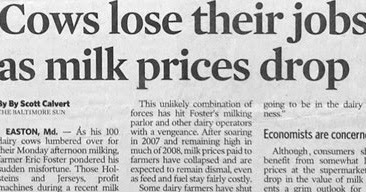
They say first impression counts.
Writing a killer headline is one of the most complicated and challenging part of press release. It’s the first thing that catches the reader’s attention and makes them decide whether they want to click or read more. This is not a time to create mystery or suspense.
Always remember, a well-written press release means nothing if no one reads it. Keep it simple, interesting, and descriptive: Just remember that public and journalists scrolls through over a dozen of headlines every day, so take some time to craft a short and snappy headline.
Your headline should be as engaging as it is accurate. Long-winded titles that don’t tell the reader exactly what they should be interested in the rest of the release will fail. It’s that simple.
#2. Straight to the point in 1st Paragraph

A good media release answers key questions in the first paragraph.
In many cases, the public and journalists will first read the headline and first paragraph. If you don’t make an impression by hooking them to read then your release is doomed to fail.
At the same time, readers are busy and have a short attention span. They may not have time to read every story to the end. By the time they’ve read the 1st paragraph they need to know what your story is, why they should care and what they’re going to get in the rest of the release. So, key information is best delivered early.
Consider the 5Ws and 1H method.
Who (is involved?)
What (is the actual news?)
When (is it happening?)
Why (is it happening?)
Where (is it taking place?)
How (did this come about?)
Sometimes even the simplest basics are forgotten. Don’t forget to consider the questions above and ensure to implement them in the lead paragraph of your press release. Deliver the most value up front.
#3. Be Concise
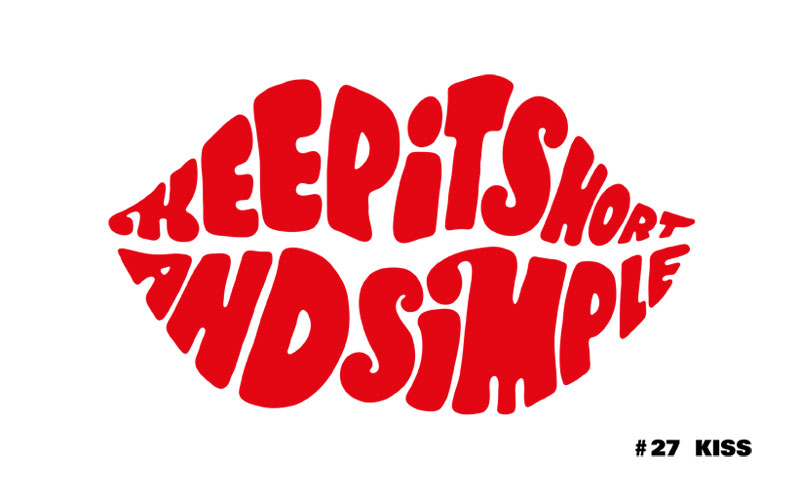
Keep It Short And Simple (KISS)
A press release should not read like a novel nor should it be lengthy. As with most good writing, shorter is usually better. This will also force you to condense your most crucial information into a more readable document - something that journalists are always looking for.
Keep sentences short and concise. The longer a sentence, the thicker the fog in which the reader has to get through to read the message. So, break up longer sentences to maintain clarity. Best if the word count is between 300 to 500 words.
8-10 word sentences are clear and easy to understand.
10-15 word sentences are slightly less clear and not as easy to understand, right?
15-25 word sentences can mean the fog is thickening, it may be confusing too so it is advisable to keep it simple without adding extra information.
25+ can mean the sentence is confusing and hard to read especially to many of us who has a short attention span and can only take in information little by little or else it will be a headache to read it all.
Which of the sentences above are easier to take in? You be the judge! The clue is to practice telling a story in 60 seconds but don’t shrink details. 2 pages are great, 1 page is better.
#4. Newsworthy
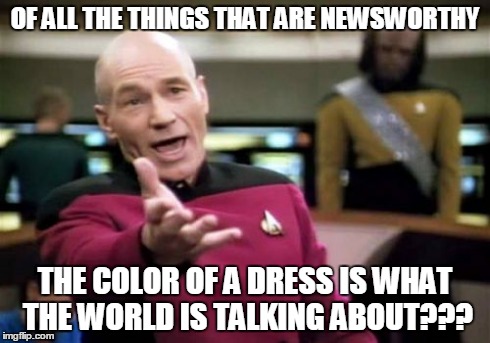
It’s important to keep in mind that your press release has to be, well, new. Something that happened few months ago is not news. Don’t dig up stale news and hope to get coverage from the media or to attract the readers. Send a press release when something is actually happening.
Conversely, make sure you’re not looking too far ahead too. If your organization is planning on releasing a new product, wait until you’ve got actual details and a firm release date before continuing with a press release.
If you abuse the process by “inventing” news, journalists may not take you as seriously. If you regularly issue “news” that isn’t actually news, you’re doing your company more harm than good.
DON’T:
Topics about sales or promotion
Updated your website
Promoting a giveaway on social media
Published an article
DO:
Relocating to a new location
Announcing a new product or service
Hiring a new executive
Winning an award
Announcing a partnership or new major customer
Company’s name change
Avoid issuing releases that are of nuisance. Keep it newsworthy and resist the urge to issue a press release just because “it’s time”. That way, when you have something truly newsworthy to say, the public will listen.
#5. Paint a picture
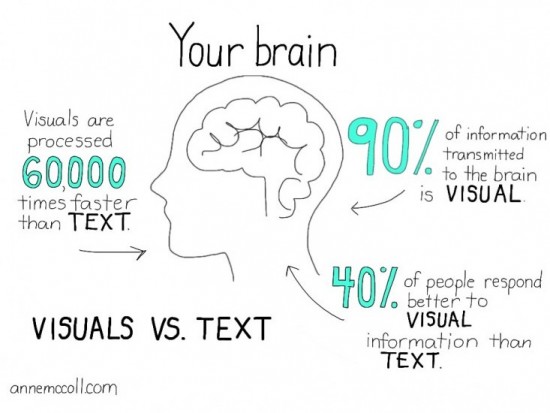
Pictures are worth a thousand words.
If you provide a journalist with additional material, your chances of getting your story published is higher. Adding an extra image or even a video is so worth it. Photos are becoming a fundamental part of public relations and other communication vehicles. Including 1 image along with your release can make a big difference in coverage.
Are photo captions necessary? Yes it’s needed when dealing with the internet. The caption should tell a concise story describing what’s happening in the photo. It should include the company’s name, the product’s name, important people, and popular industry keywords. This will allow for greater search engine optimization.
This often overlooked piece can make the story more interesting and bring it to life. The ultimate goal of incorporating photos in your press release is to encourage the media to pick up your story and attract the attention of consumers, both online and in print.
#6. Active Voice + Third Person
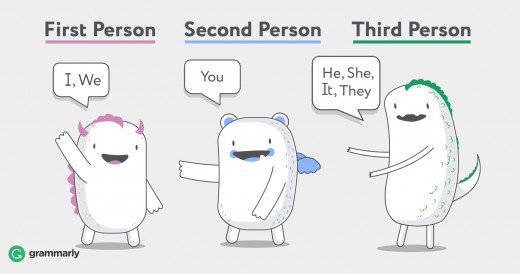
The style of writing is as important as the words you use to attract readers. In general, passive voice takes readers out of the action and makes content less appealing. To engage your audience, use active voice. Generally speaking, a sentence written in active voice is simpler and easier to understand. Here’s an example:
Between the two sentences, which is easier to read and understand? If you said “Dr. Pete is on a mission to cure Malaria”, then you have chosen the one with active voice. Essentially, the subject of the sentence is doing the action.
Be sure to write your press release in the third person. You don’t want to sound like writing for an advertisement or sales letter here.
#7. Include Quotes

Once the details are written, it’s time to breathe life into it with a quote. Including quotes from prominent people in your company can be helpful for journalists. Quotes should be used to provide insight and opinion and sound like a real person said them.
Quoting key personnel will highlight the importance of your announcement. However, do not go and ask for a comment from everyone and anyone in your organization but focus on their unique perspective.
DON’T: “I plan to continue this legacy of providing best healthcare services to our customers. With over 25 competing companies for our customers to choose from, we have some challenges ahead. But, I am confident that we can overcome those challenges successfully and the first step is by implementing an app,” says ABC President Danny John.
DO: “The release of the new app will provide customers with the best healthcare services they need, setting ABC Company from more than 25 competitors,” says ABC President Danny John.
See the difference? Note that the quotes you include are perhaps the most important part of your press release. Not only do they offer a more human side to your release, but they also shows some credibility.
#8. Correct Contact Information & Boilerplate
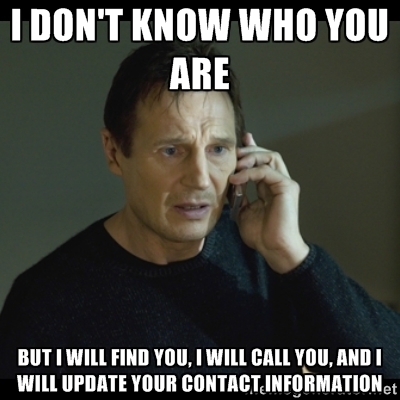
Providing accurate contact information is important because you wouldn't want the public or journalist to search high and low to find who to call for more information. Inside every releases, include the name, phone number and email of the PR Executive.
Boilerplate refers to the last section of the release where you include details of the company. This chunk of text is usually reused for each press release so that messaging is consistent despite the type of communication that is being distributed. Keep the boilerplate to one to two paragraphs max, to make it scannable.
#9. Optimize for searching and browsing + Focus on Keywords

There are two ways people use content on the Web and smart organizations need to understand both angles and optimize press release accordingly. The first way that people use content is to answer questions (through search engines), thus organizations must optimize content to be found by searches. This will attract people who are looking for what your organization has to offer.
The second is that they want to be told something that they do not know. This is why browsability is so important; it allows people to “stumble” across useful information they didn’t know they were looking for.
To optimize well, inserting links where it’s appropriate plays a part too. They do two helpful things; show people where to find more information on a topic covered in your release and they can also help boost your Google rankings through a process known as link building. Also, search engines use inbound links as one of the important criteria for page ranking algorithms.
Another great way to create digital press releases that drive action is to focus on your customer’s problems and then create and deliver content accordingly. What are their needs? What do they want to know? What words and phrases do they use to describe their needs? There is no definite answer as it differs and depends on each individuals.
Think, speak, and write like the people do. First, understand the audience. Second, use the information to satisfy their informational needs.
#10. Revise and Proofread
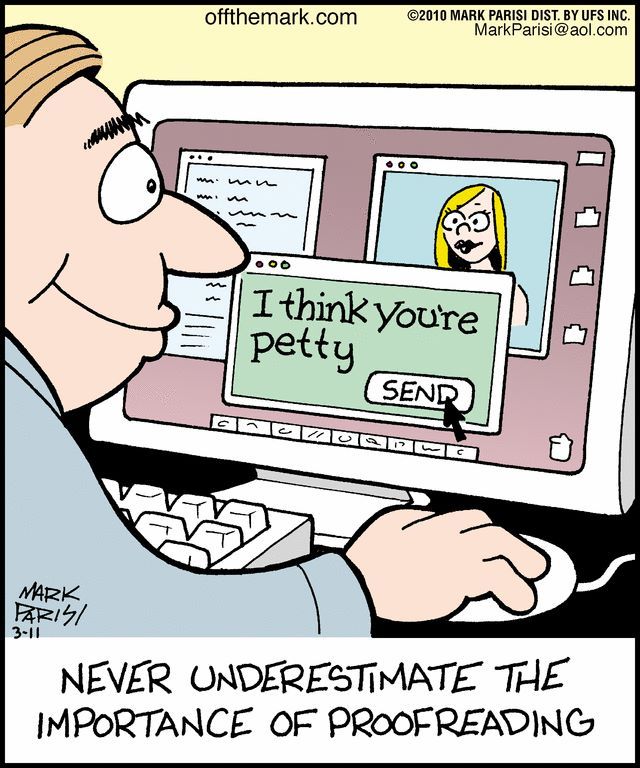
"Petty" or "Pretty" ?
Make sure the press release isn’t riddled with typos or grammar errors as mistakes will make you look like an amateur. Proofread your press release and let a few other people proofread as well - before getting it published. They’ll be much more likely to find errors than you will. Make it grammatically flawless. It may look easy, but it’s not.
Press Release Format (Sample)
When all else is done correctly, your press release will look something like this:
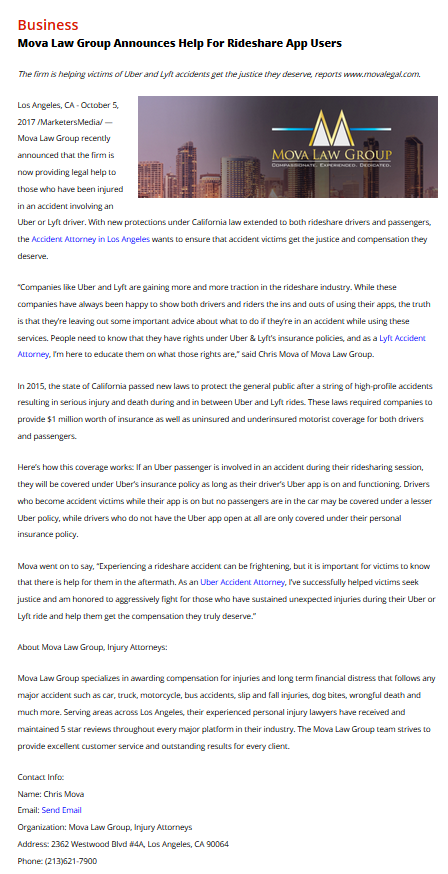
For more press release templates, you may head over to PR Shelf.
THE FINAL STEP?
Publish Through Quality Distribution Channels
The best way to publish press releases is to simultaneously post a release to your own site and send it to one of the press release wires. The benefit of using a press release distribution service is that your release will be sent to the online news service such as Google, Yahoo! and many others, making them instantly available to your customers who are searching on the Internet.
Newswires also offer direct distribution to journalists and publications looking for your news. By offering RSS (Really Simple Syndication) - which means each time a press release is published, it is seen by thousands of people who have subscribed to the RSS content feeds.
If you need a message to get noticed by the media and the millions of online viewers out there, leveraging the top-notch partnerships of MarketersMEDIA can help you tell your story better and louder. Your press releases gets exposure to an established community of journalists, national and regional newspapers, consumer and trade magazines, TV, radio stations, staff and freelance journalists, bloggers and news aggregators.
Do you have other best practices you follow while writing good Press Releases? Please share your ideas and experiences with us!
Free Press Release Template
Tell us where to send your PDF:




